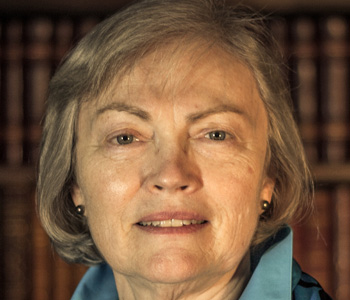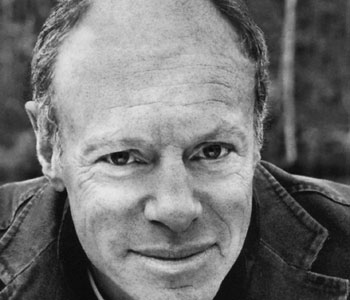Donald Weinstein
Savonarola: The Rise and Fall of a Renaissance Prophet
Yale University Press
352 pages, 6 1/8 x 9 1/4 inches
ISBN 978 0300111934
This is a biography of Girolamo Savonarola the fifteenth century penitential preacher who captivated Florence, the first city of the Renaissance, with his prophecies of civic glory and millennium.
Fra Girolamo has often been dismissed as an anachronism, a throwback to a more credulous and pious Middle Ages. Some still venerate him as a holy prophet and propose him for sainthood, believing that he sacrificed himself to protect the Christian faith and save the Catholic Church on the eve of the Protestant Reformation. Still others dismiss him as a demagogue and opportunist who faked his visions in the interest of personal fame and power.
I tried to escape the constraints of these tendentious and moralizing categories and view Savonarola in his multiple dimensions, a person of intellectual depth, burning conviction, inner tensions and half-perceived contradictions.
In trying to account for his astonishing success with the sophisticated Florentines, I examine the city’s myths and aspirations and reappraise its famous culture of Renaissance humanism. I argue that this movement toward “modernity” owed more to medieval traditions and values than many have been aware. Finally, I follow the path of Savonarola’s downfall, the spectacular failure of the trial by fire, the attack on his convent of San Marco, his imprisonment and torture.
I also analyze his confessions, neither endorsing them as fully genuine nor dismissing them as complete fabrications. Instead, I try to find what they can tell us about his belief in his prophetic gift, his self-doubts and his decision to go to his death in silence.
As an historian I have always been interested in the problem of defining historical periods and understanding the transitions between them.
How, for example, did the Middle Ages, with its religious, world-denying culture, give way to the world-embracing, life-affirming culture known as the Renaissance?
This was the perspective from which I began to study Savonarola, seemingly a representative of the first of these worlds who was embraced and exalted in the second.
Gradually I arrived at a new understanding of Fra Girolamo and his reception. In so doing I had to discard the conventional labels that distort him and also to reject the practice of freezing history into such hard and fast designations as “Middle Ages” and “Renaissance.”
I would also like to share two historical lessons I have learned: one, the inadequacy of historical labels such as “medieval” and “modern,” and the limitation of moral judgments—such as “saint,” “fanatic,” “charlatan,” and “demagogue”—in explaining the behavior and ideas of charismatic figures; two, the complex psychological, social, political and ideological reasons behind peoples’ belief in and rejection of their heroes and leaders.
I would like your browsing reader to begin with the Prologue. There they will look back from the scaffold on which the fallen prophet and his two lieutenants met their deaths and move on to a brief discussion of prophets in history before embarking with Savonarola on his journey toward the Apocalypse.
I would like readers of this book to experience the excitement of an extraordinary life involved in some of the critical events of European history. I also hope readers take away from it a more nuanced picture of the Italian Renaissance, especially as it was lived in its most representative city, Florence, in the late fifteenth century.
And I also hope that the book will attract them to some of the many other studies of Savonarola’s world and its inhabitants, including such fascinating figures as Lorenzo de’ Medici, Pico della Mirandola, Pope Alexander VI (Rodrigo Borgia) and Niccolò Machiavelli. A surprising number of these studies is in English.




We don't put paywalls. We don't distract you with ads. We don't sell your data.
Please help to keep this running!